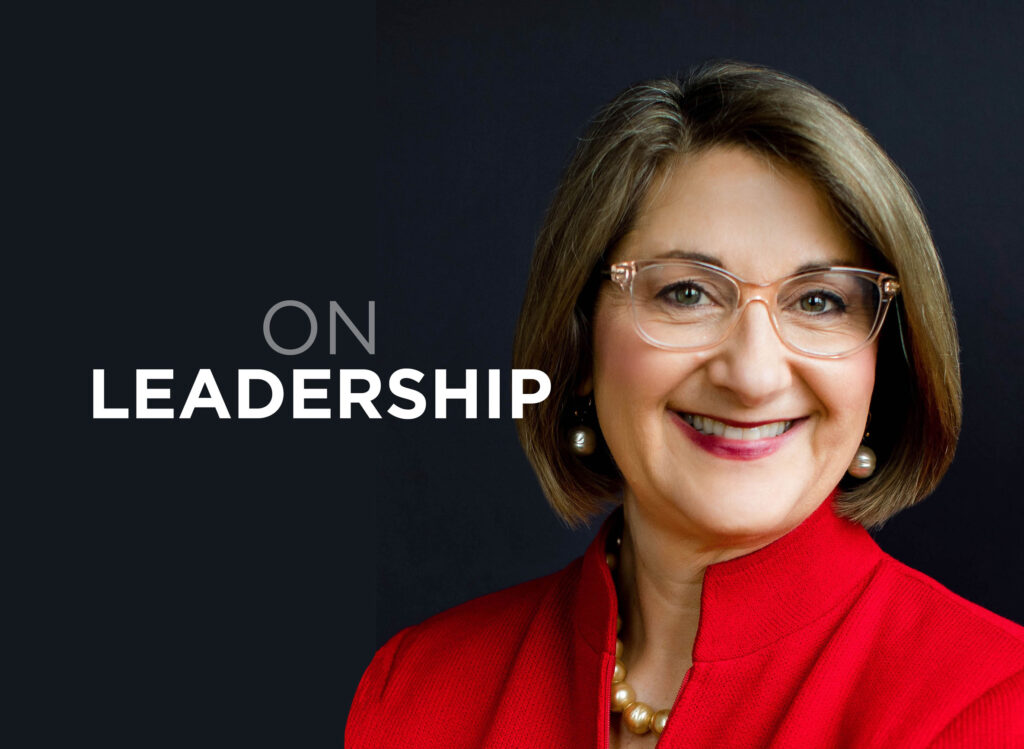The Elbert Files: Interest-rate hiccups

Are we headed into a recession?
That’s a natural question when inflation rises as quickly as it has in recent months, but not one that can be easily answered.
You might as well ask about the war in Ukraine: Will it widen or settle into a Korean-style stalemate?
Or about gas prices: Will they continue to climb or settle into a new normal like they did back in the 1970s following the Arab oil embargoes?
Today’s inflation is the product of supply chain problems created by a worldwide pandemic coupled with the war in Ukraine, high gas prices and a bunch of other factors, all of which are twisted into a Gordian knot, the likes of which we have not seen in some time.
But does that mean we are headed for recession?
Maybe, but maybe not.
One way to predict future recessions is to look at the past and see what makes sense.
That’s what economist and investment strategist James Paulsen of the Leuthold Group in Minneapolis did in a recent newsletter. Iowa-born and educated, Paulsen is widely quoted and appears regularly on financial programs on CNBC and Bloomberg TV.
“At present,” Paulsen wrote in a June 21 newsletter, “stocks are in a bear market, but whether it proves to be a cycle-ender” and brings on a recession “or merely a ‘rate hiccup’ is yet to be determined.”
By “rate hiccup” he means when interest rates quickly change directions, usually as a result of actions taken by the Board of Governors of the Federal Reserve.
Since the 1981-82 recession, the United States has had four economic downturns that qualify as recessions, when total economic output declined for at least two consecutive quarters.
The longest was what we now call the Great Recession, which lasted 18 months from December 2007 until June 2009 and was caused by the collapse of the home mortgage industry. The shortest in recent history was the two-month-long COVID-19 recession two years ago, which lasted from February until April of 2020.
The average number of interest-rate hiccups between recent recessions has been two, according to Paulsen’s calculations.
So far, only one rate hiccup has occurred since the 2020 recession.
With current interest rates bouncing along at or near historic lows, it seems to me that there could be room for additional rate hiccups before a new recession takes hold.
Of course, that depends on other factors, including how quickly recent rate hikes slow down the economy. A lot depends on consumer confidence. If it slams on the brakes, a recession would arrive sooner than if spending downshifts to a lower gear.
Then there is all the money the federal government pushed into the pipeline during the worrisome days of the pandemic. It is targeted for new infrastructure, including rural broadband, and long-overdue improvements to facilities like the Des Moines International Airport.
Most of that money is just starting to be spent, and it should continue to hold up various parts of the economy, assuming things don’t get too overheated.
And that – too much heat – is what concerns the Federal Reserve today. It’s why the money wizards are cranking up interest rates. It’s what caused our current rate hiccup.
Which brings me back to Paulsen and his analysis of rate hiccups.
Paulsen uses a chart of yields on 10-year bonds to show when rate hiccups occurred. And while today’s 2% yields are vastly different from the 12% yields of 1984, the economist sees a parallel in the hiccups.
Like today, he wrote, inflation was the No. 1 fear in 1984.
Back then, the Federal Reserve was able to adjust interest in a downward slant that produced relatively solid growth for nearly eight years before the next recession occurred in 1990.
Is it possible that the most recent rate hikes by the Federal Reserve are a hiccup on an upward slant to additional growth, rather than signs of a pending recession?
Only time will tell.







